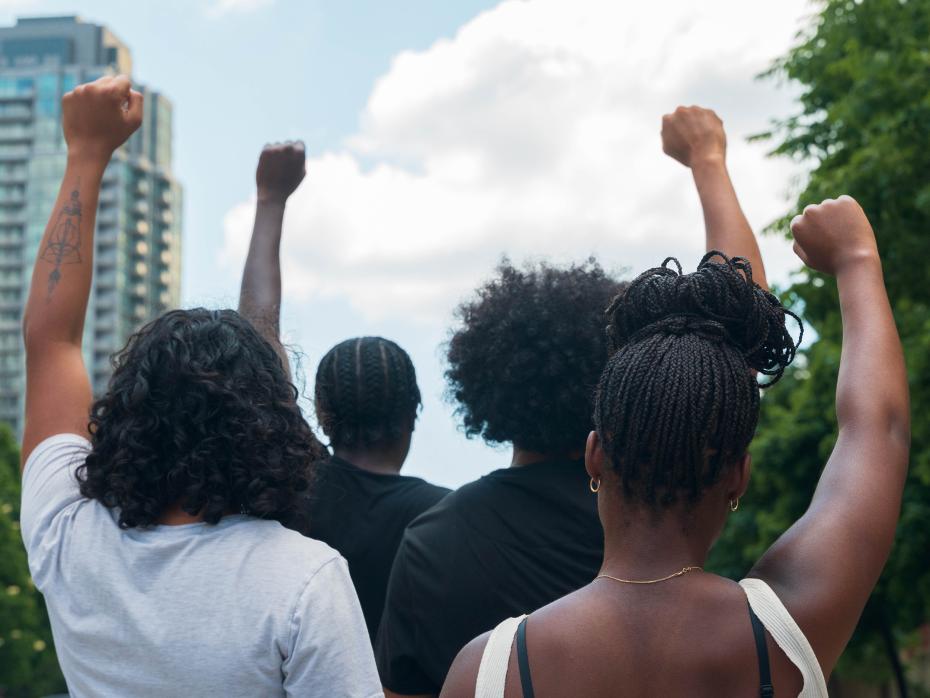Over the past two decades, equality, diversity and inclusion (EDI) has become an increasingly important, and more recently a mandatory, consideration within universities. This has resulted in a rise in the number of initiatives, working groups, policies and reports. Yet despite the time and money spent, little progress is being made within our disciplines and our institutions.
So why does EDI, in its current form, enable oppressive practices and systems of injustice to persist? And how can universities break out of the cycle of performativity?
Such work is often criticised for being tokenistic, obsolete and non-actionable. Although this is true, it often bypasses the fact that there are fundamental flaws in the way EDI has developed in higher education. My call to action is not new, but I hope it serves as an urgent reminder that EDI is not the answer but rather just the start of an uncomfortable and ongoing process that needs rigorous monitoring.
There are complex factors contributing to the failure of EDI. For a start, this trendy acronym is a nebulous term that forces together three distinct ideas. Institutions conflate ideas of “equality”, “diversity” and “inclusion” by treating EDI as a complete package, rather than as separate entities that interact with each other.
That’s not to say that they are not connected in complex and multifaceted ways, but these are not fungible terms. They have specific histories and movements that require reflection when used in a contemporary context.
We argue for a more “diverse” institution in the hopes it will bring “inclusion” and “equality”. But diversity is not inclusion and does not automatically guarantee inclusive working practices. Similarly, inclusive practices will not necessarily make your institutions diverse.
Using words such as “representation”, “equality”, “equity”, “diversity” and “inclusivity” synonymously is not only incorrect, it dilutes efforts to question current structures while helping to disguise systemic injustices. The shrewdness of oppression allows structures to mould and conceal themselves in plain sight to survive and develop. Whether intentional or not, the way we use language creates a false sense of individual and institutional progression.
Usually, work that is labelled as EDI focuses solely on bolstering diversity efforts. So when we think about EDI in higher education, we are often thinking mostly about increasing representation of certain demographics in different roles, rather than exploring the ways in which current structures and working practices allow injustice to thrive.
Indeed, institutions are so absorbed in increasing representation that they rarely think about what happens after. Are we asking individuals to assimilate into a culture that is harmful and traumatic? Are we merely inviting colleagues to a table bolted down by racist, sexist, classist, queerphobic, transphobic, ableist and other injustices? Are we exploring the ways in which inequalities are actively reproduced in our corridors?
This is not to argue that representation is not necessary work. It enhances belonging and shows a visual commitment to change. But often it becomes a tick-box exercise and nothing more than an aesthetic fix to a deep-rooted problem. If our goal is to diversify a system that promotes inequalities and oppression, then we are on the right path. If we’re looking to transform and challenge the power that feeds systemic injustices, then we must be open to learning more from community relations, both in and out of institution.
There has been a rise in universities recruiting EDI “champions” to initiate cultural change. Although this can be a useful stepping stone, placing responsibility for EDI on one individual is not practical and is, quite frankly, absurd. This ought to be a community effort, where we bring together students, academics and professional colleagues from inside and outside the university.
It’s important that we take note of who is challenging injustices within our institutions. Often, EDI work is led by individuals who continue to be routinely minoritised. So not only do they face multiple, intersecting oppressions, in many cases they are also required to put aside their experiences and “fix” the very injustices they suffer. At the same time, we must not forget that minoritised individuals can also be responsible for reproducing oppressive practices and acting as gatekeepers of the ivory tower.
One way to tackle some of these concerns is to be more reflective. Universities need to look past the idea that EDI is enough. When we begin to view it as the target or the goal, we provide more power to systemic inequalities. Instead, we should see EDI as a tool to start recognising the power that feeds oppressive structures. As Audre Lorde reminds us, the master’s tools will not dismantle the master’s house.
If EDI work is happening in your school, or if you’re part of a committee or working group directly involved in such efforts, try to follow the development of your ethos and engagement with the work broadly defined as EDI. Learning and self-awareness are vital to personal growth, both professionally and personally. I find it useful to keep a journal and use the following prompts:
- How am I defining equality, diversity and inclusion in my work? How do I understand the histories of these terms?
- Is this equality, diversity or inclusion? Is it a mix of two, all three or none? Consider how they work together, if at all.
- What is its purpose? What is it looking to achieve? Who does it benefit? Who is it excluding?
- Am I the best person to lead on this, and why are resources not going directly to the community that is minoritised? Is a community being spoken for rather than leading the discussion?
- Why should I promote it? How will it make the institution better and for whom?
- Is this a community-building effort with multiple stakeholders? How can I learn more in this area? Can we invite and pay for external facilitators?
- What are its limitations? Who do these limitations impact? Who does these limitations benefit? Who isn’t in the conversation at all?
We have a responsibility to do whatever we can to challenge the injustices in our classrooms, our policies and ourselves. Academia is a microcosm of society, and it will take far more than vaguely written EDI strategies and poorly implemented policies to begin naming and challenging the injustices that thrive in our institutions. We have decades of work ahead of us.
Manvir Grewal is a lecturer at the University of Westminster and equality, diversity and inclusion lead at the university’s law school.




comment